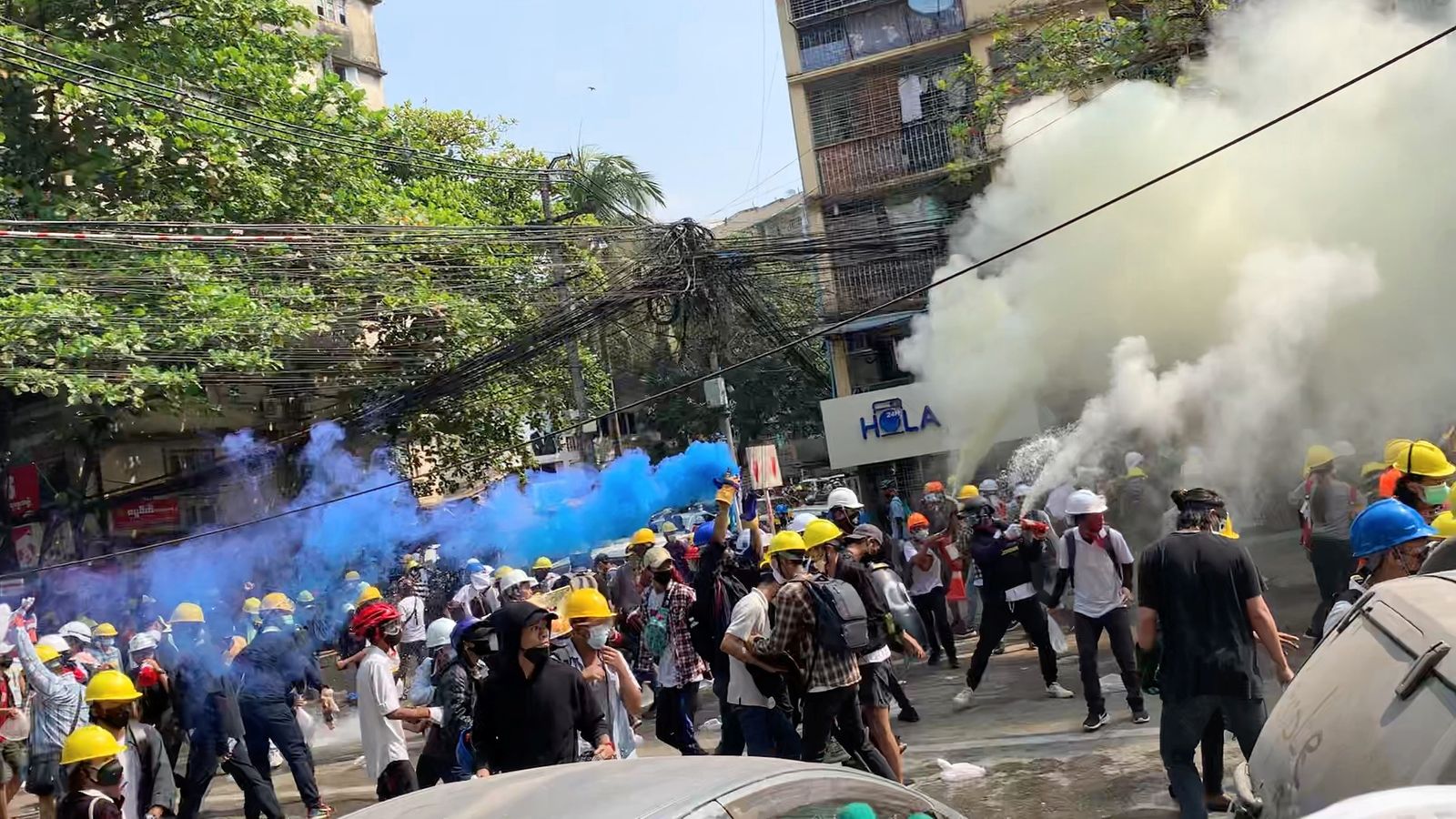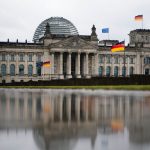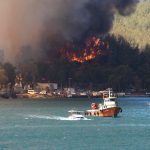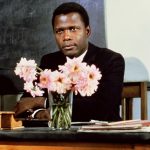Another 38 people have been killed in Myanmar as the military tries to quell demonstrations by pro-democracy campaigners against last month’s coup, the United Nations said.
It was the bloodiest day since generals seized power on 1 February, with more than 50 people now dead and many others wounded, according to UN special envoy Christine Schraner Burgener.
A human rights group said the military had killed at least 18 on Wednesday but by the end of the day that number had risen sharply.
“It’s horrific, it’s a massacre. No words can describe the situation and our feelings,” youth activist Thinzar Shunlei Yi told the Reuters news agency.
Four children were reportedly among the latest fatalities, including a 14-year-old boy who was shot dead by a soldier on a passing convoy of military trucks in Myingyan, Radio Free Asia claimed.
Security forces have fired tear gas, rubber bullets and live rounds in several towns and cities to break up protests, giving little warning, witnesses said.
In the main city of Yangon, they claimed at least eight people were killed, one early in the day and seven others in the early evening.
Six people died in the central town of Monywa, the Monywa Gazette reported.
And two were killed during clashes at a protest in the country’s second-biggest city Mandalay, a witness and media reports said.
A spokesman for the ruling military council did not answer telephone calls seeking comment, Reuters said.
The security forces detained about 300 protesters as they broke up protests in Yangon, Myanmar Now news agency reported.
According to activists, a total of 1,300 people have been detained, among them six journalists in Yangon.
The violence comes a day after foreign ministers from Myanmar’s southeast Asian neighbours urged the military to end the protests but failed to unite behind a call for the military to release ousted government leader Aung San Suu Kyi.
The chair of the Association of Southeast Asian Nations (ASEAN) said in a statement: “We expressed ASEAN’s readiness to assist Myanmar in a positive, peaceful and constructive manner.”
Myanmar‘s state media said the military-appointed foreign minister attended the ASEAN meeting that “exchanged views on regional and international issues”, but made no mention of the focus on Myanmar’s problems.
Please use Chrome browser for a more accessible video player
The 1 February coup ended Myanmar’s tentative steps towards democratic rule and triggered nationwide protests and international outcry.
Generals seized power, claiming there was fraud in last November’s election which the party of de facto civilian leader Aung San Suu Kyi won by a landslide.
Analysis: The bullets keep on coming
By Siobhan Robbins, Southeast Asia correspondent
In Myingyan, a 14-year-old has been confirmed dead.
Photos showed a woman, believed to be his mother, sitting beside his body.
It’s reported her boy had been shot in the head by a bullet during the protests.
Desperate demonstrators were filmed trying to save him but he didn’t have a chance.
In Mandalay, guns and tear gas were also being fired at protesters.
A video shows 19-year-old Ma Kyal Sin crouching down, desperately trying to stay low.
“Everything will be ok” her T-shirt promises – but the bullets keep on coming and Ma Kyal Sin’s family is preparing to bury her.
“Before the crackdown, most of us noticed the little sister who got shot from the back of the head because she was very active and at the frontline,” said an eyewitness who asked to remain anonymous.
“Then there was a crackdown at 12 and we were running, we were streaming live too. The girl got hit behind her head. It would not be accidentally because of her height. We assumed that she was targeted. Another man also died. They were shooting at us from 12 to the evening.”
Around the country, the death toll and injuries being reported continued to rise.
The crackdown has become increasingly brutal – live ammunition is now regularly fired at protesters along with tear gas and rubber bullets.
One especially distressing video from North Okkalapa, Yangon, shows a man in white being led away by police when he suddenly appears to be shot.
When he falls to the ground, his body is viciously kicked and then later he is callously dragged off.
Hein Thar, a journalist at Frontier Myanmar, told Sky News he has witnessed high levels of violence against demonstrators in North Okkalapa.
“They started to shoot with mortars again, not only with rifles and I heard the “dededededede”, they continuously shoot,” he said. “They don’t need to beat people who are lying on the ground but they do. They beat the people who are lying on the ground. They shoot the people.”
Frustrated by the ongoing civil disobedience movement and the powerful resistance which it had possibly been underestimated, Myanmar’s military is doing what it can to crush the opposition.
“An arms embargo is very important. The reason is the military is using these arms against its own people, the civilians. So no one should sell arms or keep any military to military relations with Burma,” said Kyaw Win, director of the Burma Human Rights Network.
The generals who took over the country in February’s coup have previously proven they will kill Myanmar’s civilians if needed.
How many more will die on the streets which are fast becoming battlefields?






















